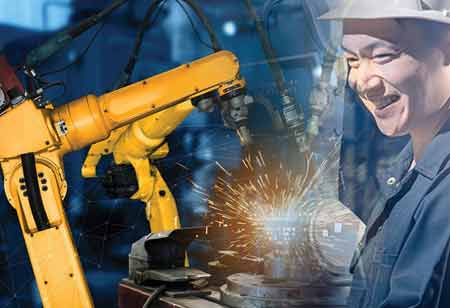The significance of innovation is clear: it’s important to guarantee your company stays competitive in a progressively global market.
FREMONT, CA: Chemical manufacturing is confronting a new wave of technology-driven disturbance and transformation, with companies under pressure to stay competitive and prosperous in the face of rising raw materials and market volatility.
1. Be prepared to change your portfolio management.
While the chemical industry’s present environment is strong, it is also dynamic. A clear portfolio management strategy will help you emphasize investments in future technologies and keep up with changing consumer demands.
In 2023, the chemical industry will be well-positioned to react to these challenges and benefit from possible opportunities.
To position your company for the long-term changes in your portfolio tactics, we suggest that you:
-
Underline the long-term viability of product portfolios in the background of Sustainability in a move toward asset-oriented deal-making. The basis for this shift is being placed in the present environment; now is a perfect time to ensure you invest in the right areas.
-
Invest tactically across all parts of your business so as not only not to miss opportunities but also to avoid being left behind by competitors who have already begun their transformations.
-
The chemical industry’s present environment is strong, it is also dynamic.
2. Reimagine your supply chain
In the future year, re-evaluating supply-chain structures will be crucial for producers to satisfy the scale of changes required for the next decade.
Overall, supply chains must balance costs and carbon footprint while managing resiliency. This tough act will require companies to review strategies noticeably different from those of the past three decades.
Companies must request themselves how they can redefine their supply chain to accomplish greater efficiency, Sustainability, and resiliency. Companies should think about how their supply chain can be redefined through increased automation and the use of technology.
Executing an ERP system like SAP Business One can aid you in changing the way you handle your supply chain and accomplish higher efficiency, Sustainability, and resiliency.
3. Innovation & Sustainability is critical.
Companies should concentrate on innovation and Sustainability, which can support them in satisfying the disputes of transforming markets, regulations, and consumer requirements. These efforts should go beyond abatement to exploit material or product substitutes on a larger scale.
The significance of innovation is clear: it’s important to guarantee your company stays competitive in a progressively global market.
Sustainability is a main business value that affects everything we do, whether it’s how we make products or run our facilities. We must integrate Sustainability into our operations and focus on innovation to develop new products, processes, and technologies that decrease our environmental influence.
As part of this work, we must look beyond abatement to exploit material or product substitutes on a larger scale.
4. Appearing technologies drive developments and Sustainability.
Appearing technologies, like AI, blockchain, and IoT, enable new business models to drive value chain advancements and Sustainability.
AI enables predictive maintenance in chemical plants to enhance uptime and decrease unplanned downtime by presenting real-time information on equipment performance to optimize operations.
The application of digital technologies can enable materials innovation and facilitate low-cost formulations by evaluating, optimizing, and equating ingredient recipes and domain awareness from several sources onto one platform for easy access by users worldwide.

